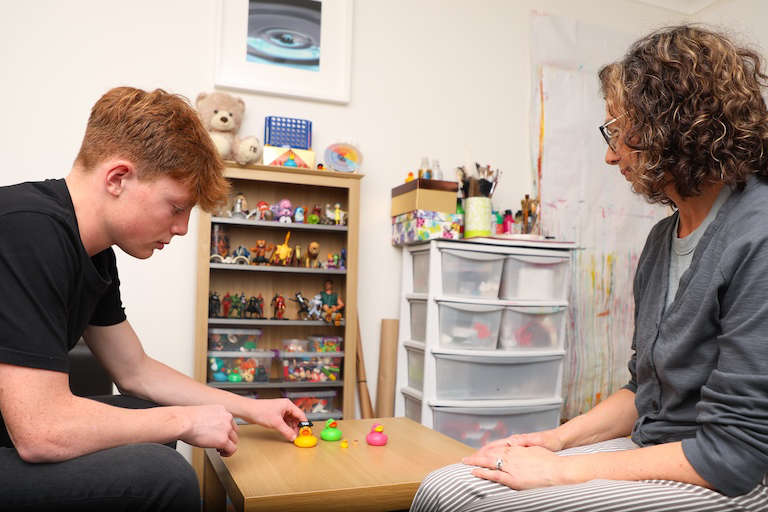Rebuilding Trust and Feeling Safe Again
When you have lived through trauma or carried anxiety for a long time, the idea of feeling safe can feel almost impossible. Trauma is not just about what happened, it is about what remains. The body remembers even when the mind wants to move forward. Anxiety adds another layer, keeping you on edge with a sense that something bad might happen at any moment. Together, trauma and anxiety can leave you torn between wanting to connect and fearing what trust might cost. Therapy for trauma becomes a necessity to recover the natural you.
As I often say to clients,
“There is nothing broken in you, only parts of you that learned to protect you when life felt too much.”

Those protective parts deserve respect, not judgement. Therapy for trauma and anxiety is not about breaking down your walls, it is about creating a space where your nervous system can finally rest and where trust can return little by little.
What Rebuilding Trust After Trauma Really Looks Like
Trust does not return in one big moment. It grows slowly, in small signs that build over time. It might begin with the simple act of showing up week after week, realising that the space is consistent and safe. It might be the moment your shoulders drop without you even noticing, or when you suddenly laugh and feel lighter than you have in months.
Rebuilding trust after trauma often begins with tiny acts of courage. For some, it is speaking a truth aloud for the first time. For others, it is allowing themselves to sit in silence without needing to explain or defend. These moments may sound small, but they are the foundations of change.
In our work together, we may use EMDR to soften the intensity of difficult memories so they no longer dominate your days. We may practice grounding and noticing exercises to anchor you in the present when fear hijacks your body. In our therapy for trauma sessions we may also explore the different inner parts of you, the cautious protector, the part that longs for connection, until they feel less like enemies and more like a family learning to live together.
As I often tell clients, “Safety is not something I hand to you. It is something we create together.” I also regularly say, “It’s OK not to trust me. For me, this makes perfect sense. However, all we need to do is just be able to work together.”
Steps in Therapy That Support Healing
Every journey is unique, but there are some steps that commonly help people begin to feel safe again:
- Creating a safe space, which is built over time, where you do not need to pretend, you get to practice speaking your truth and learn how to let go at your pace and speed.
- Consistency and rhythm that teach your body that it no longer has to brace for the unexpected.
- Trust in small doses, built gently through presence and care.
- Tools for daily life that make coping with anxiety and trauma feel more manageable outside the therapy room.
- Gradual exposure to what feels frightening, always at your pace and never alone.
In therapy for trauma these steps are not a checklist, but a gentle map. The route may change, but the direction is always towards greater safety, trust, and freedom within.
The Change That Becomes Possible
When healing from childhood trauma or more recent wounds, the benefits go far beyond reduced anxiety. Relationships begin to feel lighter, less like a battlefield and more like a place of possibility. The constant hum of worry quiets enough for you to breathe, to sleep, and to think clearly again. Confidence takes root, not as a mask, but as a quiet knowing that you can handle life as it comes.
Clients often describe therapy for trauma brings them a sense of coming home to themselves. One person said to me, “For the first time in years, I feel like I can sit in my own skin without wanting to run away.” That is the heart of emotional healing and recovery, not perfection, but presence in the here and now. Not erasing the past, but loosening its grip so you can live more fully in the present.
A Gentle Invitation
If you recognise yourself in these words, please know you are not alone. Even reading this may already be a first step. Therapy for trauma can help you rebuild trust in yourself, in your body, and in others. Coping with anxiety and trauma does not have to mean fighting with yourself forever. Feeling safe again is possible, and when it happens, life begins to open up in ways you may not have dared to imagine.
If you are ready, I would be honoured to walk alongside you as you begin your journey.

